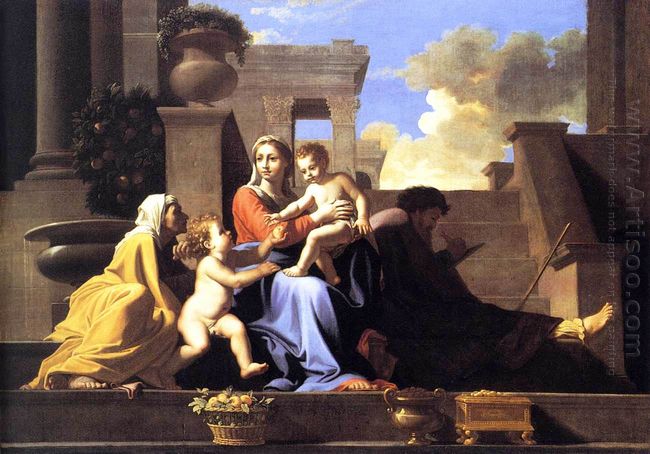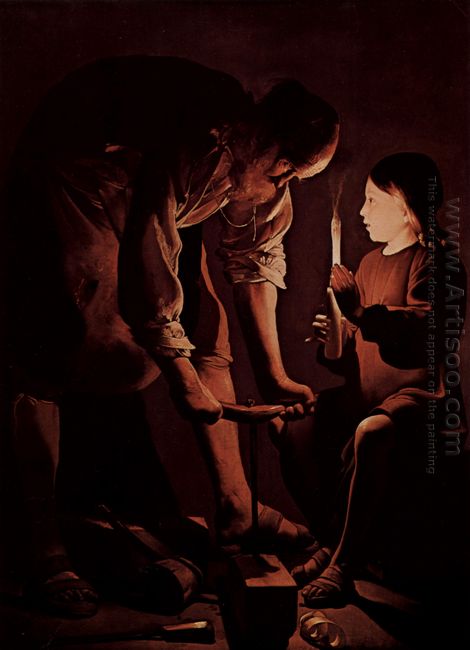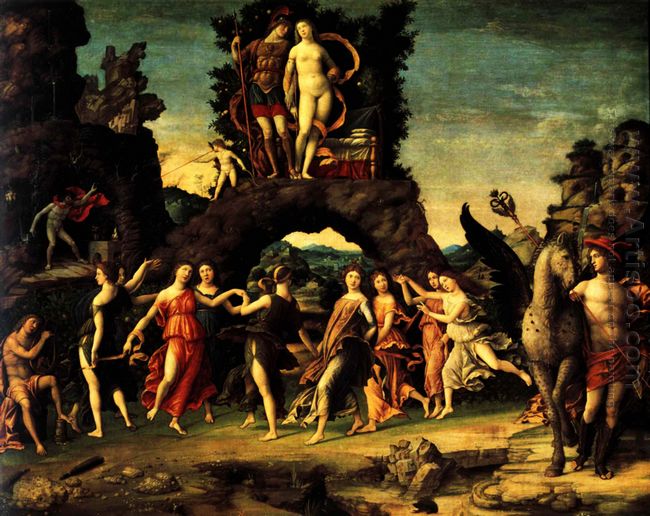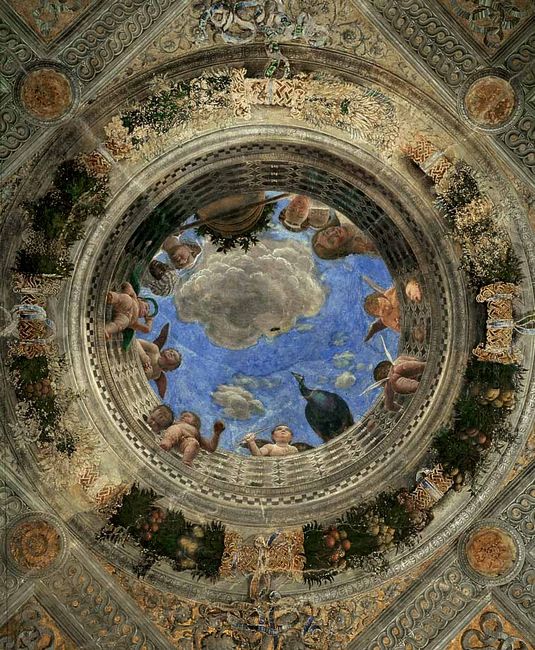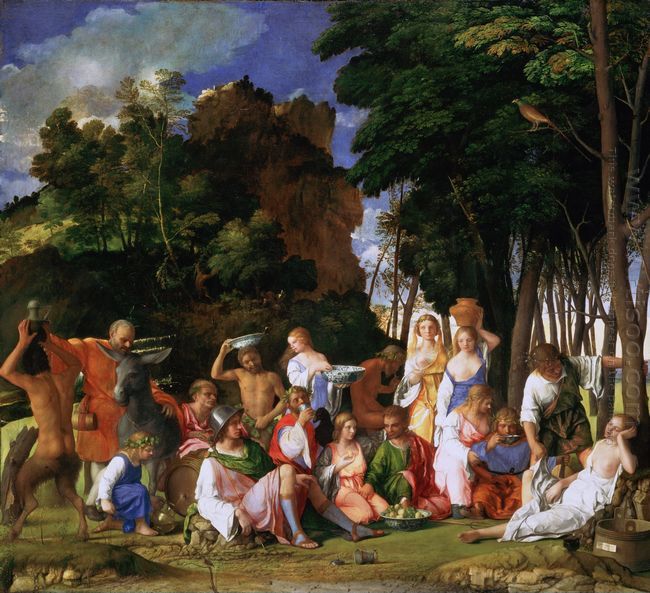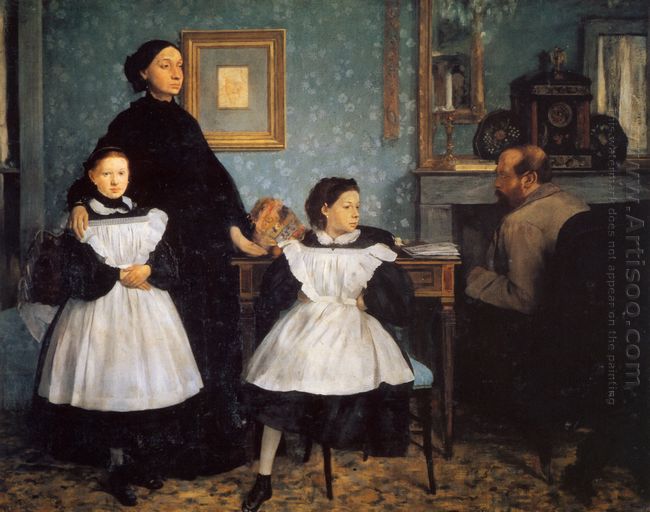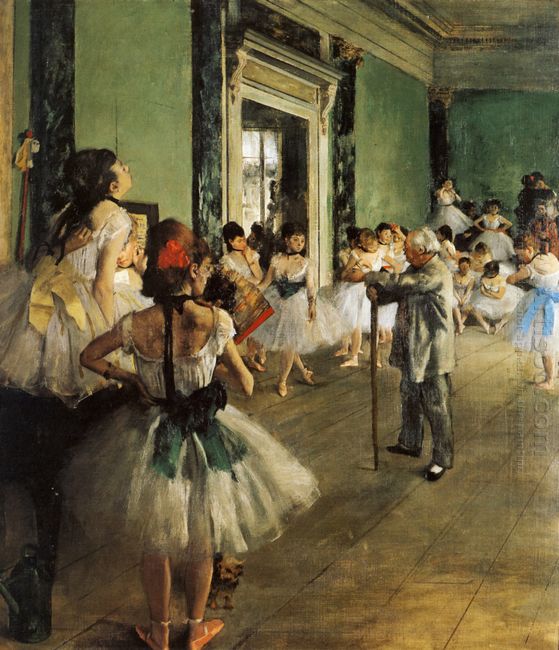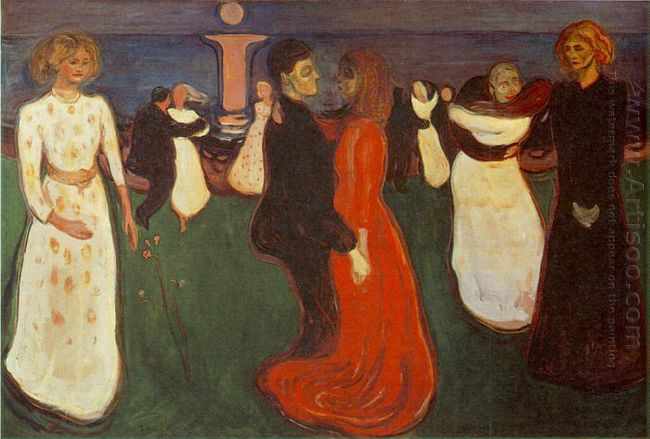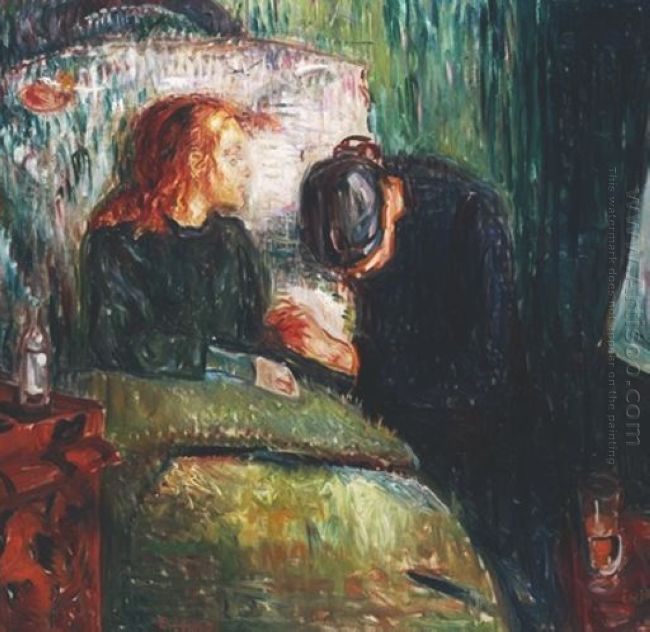In 1640, Nicolas Poussin returned to Parisa and completed the large classicism painting Jesus Christ Formed the Eucharist for the palace of Louis XIII, the ceiling painting Time and Truth for the prime minister Richelieu’s luxury residence. And he also made many altar paintings for some churches, at the same time, when making the large murals, he made some frontispiece patterns and decorative patterns for the Bible printed by the court’s library, Virgil’s and Horace’s collection of poems. These trivial painting stuffs occupied much of his time of free thought, especially when he was appointed as the commander of decoration engineering of Le Louvre Museum. He had to deal with many design chores.
But the Nicolas Poussin still finished these tasks with great patience. At this time, the palace’s another painter Simon Vouet was incompatible with him. He felt very tired. In 1642, he returned to Rome to visit his wife and left France. The following year, Louis XIII died, the French became more unrest. He was more determined to settle in Italy. Holy Family On The Steps was a religious masterpiece for the subscriber after his return and reunion with his family in Rome.
Holy Family on the Steps was made between
85x121cm. Now it is collected in Le Louvre Museum of Paris. Holy Family on the Steps almost did not like a traditional religious painting and seemed to be subject to the consideration for the composition in the processing of the virgin, the son of God, Santa and the Baptist John. In this Nicolas Poussin painting, the painter was most concerned about the normative feature: the stable triangle structure, the virgin’s red dress and blue skirt, Santa’s yellow robe and St John’s black robe on the right side formed the striking contrast in color with a solemn aesthetic value. The character was so reserved, like a stage play. The background also used the ancient Rome buildings. The whole painting lacked of the religious meaning, and did not possess Raphael’s family fun. It gave a sense of harmony and symmetry and the dedication of the classical standard that the painter had been devoted to.
